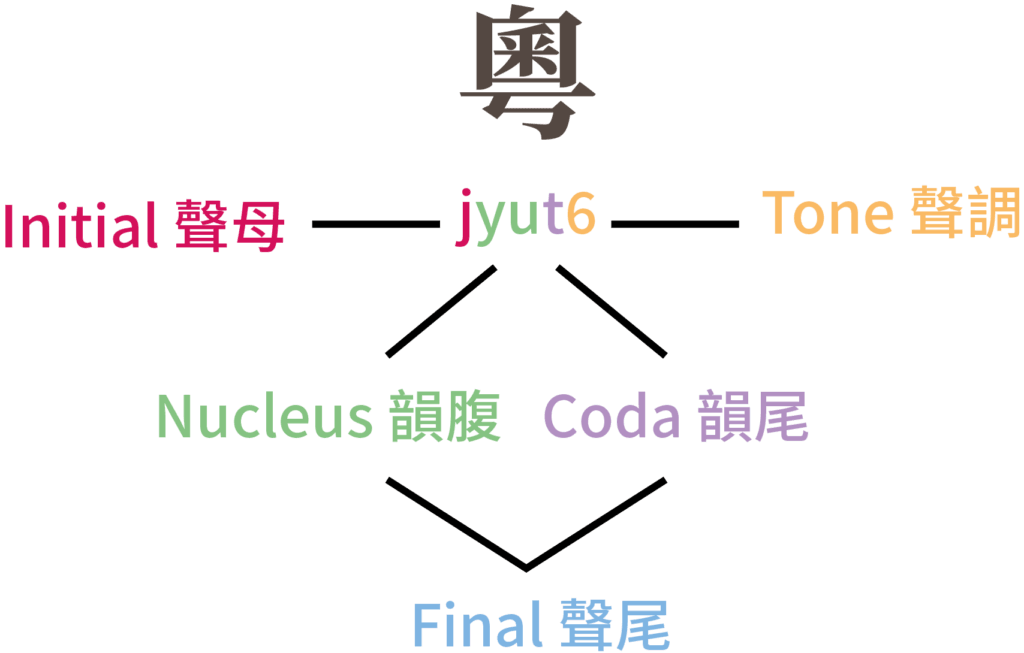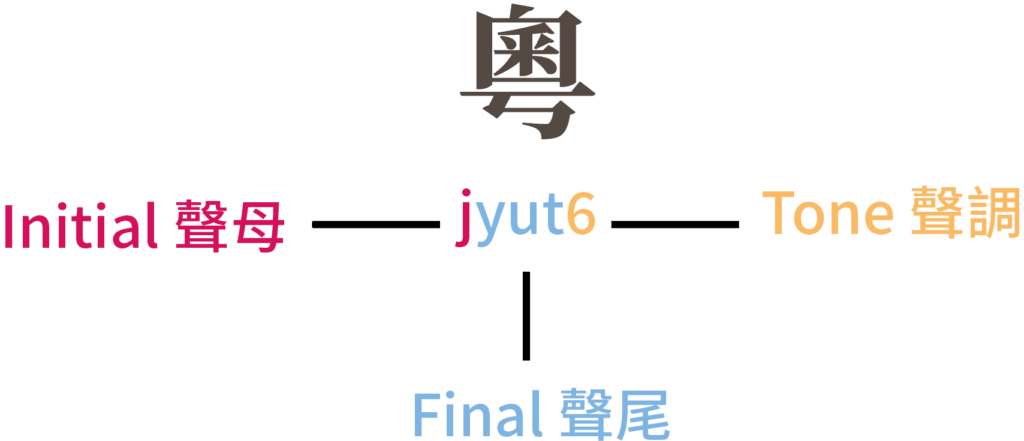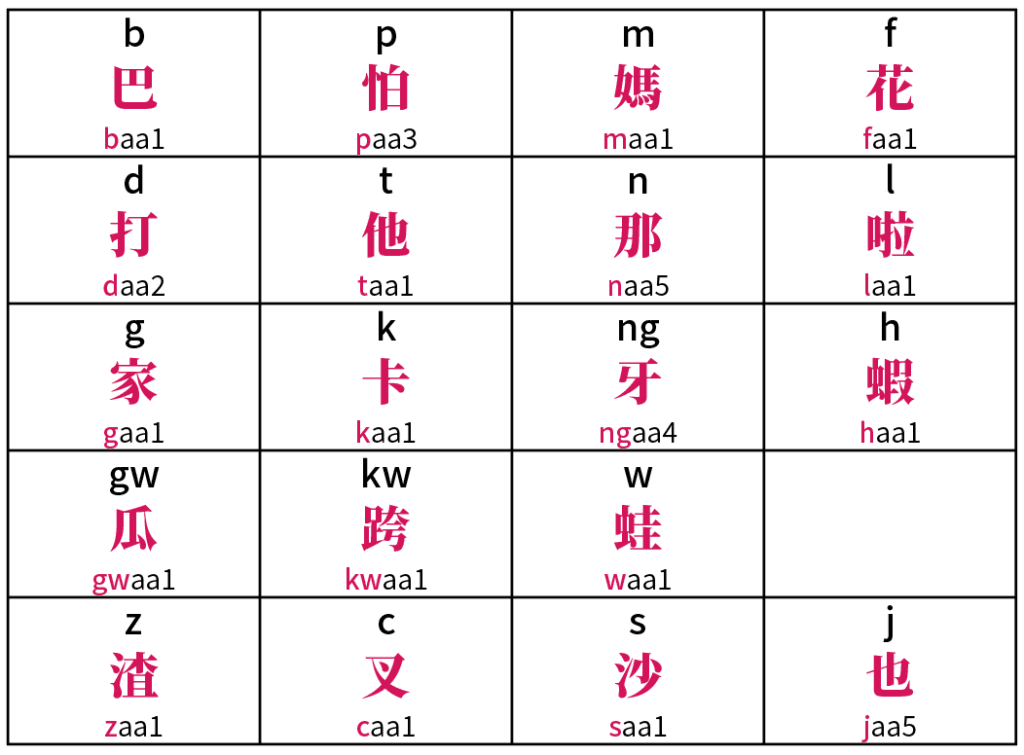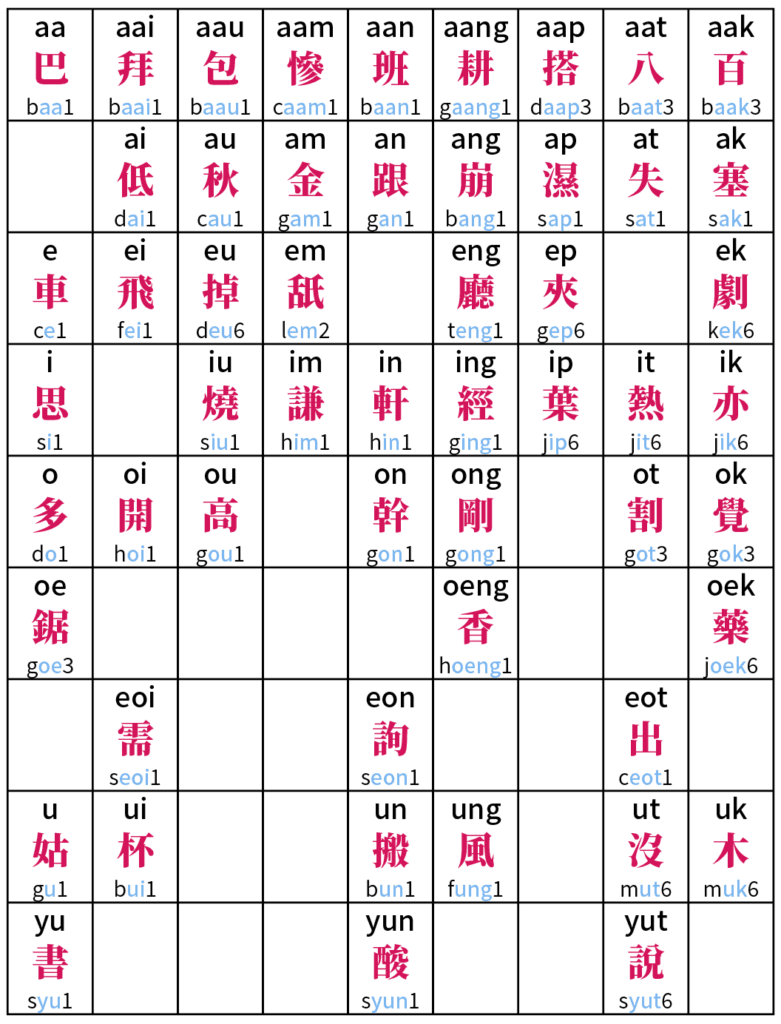粵拼是甚麼?
What is Jyutping?
The Jyutping Romanisation Scheme, or just Jyutping for short, was first proposed in 1992 by the Linguistic Society of Hong Kong (LSHK), a group of academics who felt the need to introduce a modern, standardised romanisation scheme that is easy to learn and simple to use. By 1993, Jyutping was officially introduced. It takes cues from Pinyin, the romanisation standard in Mainland China for Mandarin, but it also has its distinct characteristics. It takes typing into considerations and opted to use numbers to represent the various tones instead of using letter markings, like Yale Cantonese and Pinyin does.
Over the years, it has established itself as one of the main romanisation schemes available and is being adopted in the digital world with support in operating software, translation tools, dictionaries and wikis, digital keyboards and books. Apart from a core group in Hong Kong, it also has a strong adoption rate abroad, especially in North America, where the Cantonese diaspora has embraced Jyutping as the default way of producing learning and reading material.
粵語發音
Pronunciation of Cantonese
Pronunciation of Cantonese consists of three components: Initials, Finals and Tones.
- The Initial 聲母 is the beginning sound of a syllable (character), this is basically a consonant. There are a total of 19 Initials (see chart below).
- The Final 韻母 is the ending sound of the syllable (character). This component can be divided in to the Nucleus 韻腹 and the Coda 韻尾. To keep things simple, we usually just talk about the Finals though.
- Nucleus 韻腹 – A vowel or syllabic consonant: aa, a, i, u, e, o, yu, oe, and eo.
- Coda 韻尾 – An optional final consonant: p, t, k, m, n, ng, i and u
- The Tone 聲調 is the way to pronounce the syllable in a certain way. In Cantonese we have six different tones (unlike Mandarin’s four).


九聲六調
The 9 Sounds and 6 Tones
Cantonese pronuncations consists of 9 Sounds and 6 Tones 九聲六調. Because the 7th, 8th and 9th sounds are basically the 1st, 3rd and 6th tone, but shorter due to the -p, -t and -k Coda, they are left out to keep things simple.
The 1st, 3rd and 6th tone are all flat tones, while the 2nd and 5th are both rising tones. Finally, we have the 4th tone, a falling tone.
- The first tone is a high pitch, flat tone. Kind of like how you would pronounce “Hi!”.
- The second tone is a mid-to-high rising tone. Similar to how you would pronounce “Oh?” in a surprising way.
- The third tone is a mid-level flat tone. It comes closest to a neutral way of talking.
- The fourth tone is the only falling tone. It starts low and goes even lower.
- The fifth tone is the second rising tone. It sounds similar to the 2nd tone, but not as long and high. It should start around the mid-range, goes slightly lower, then rise back to the mid-range again.
- The sixth tone is a low flat tone, just slightly below the third tone, making it some what to distinguish.
Tones


Initials

Finals
